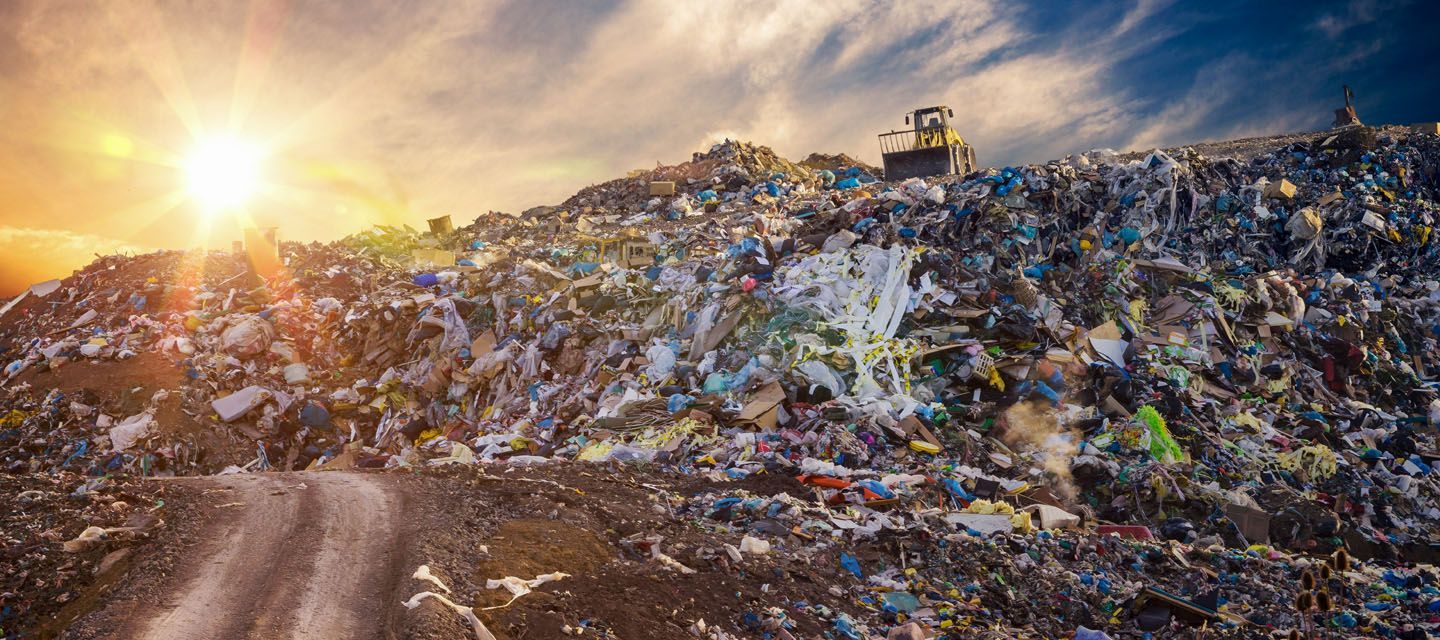Ensuring Safety: How Often Should You Schedule an Asbestos Survey?
Once an asbestos register has been created, it is important to keep it up to date.

What is an Asbestos Survey?
An asbestos survey is a comprehensive inspection of a building or property to determine the presence and condition of any asbestos-containing materials (ACMs). These materials can include insulation, ceiling tiles, floor tiles, roofing materials, and many other products that were commonly used in construction before the dangers of asbestos were widely known.
The survey is typically conducted by a qualified asbestos surveyor who will collect samples of suspected ACMs and send them to a laboratory for analysis. Based on the results, the surveyor will create an asbestos register, which is a document that details the location, condition, and extent of any ACMs found in the building.
The Importance of Updating Your Asbestos Register
Once an asbestos register has been created, it is important to keep it up to date. This means adding any new ACMs that are discovered during renovations or repairs, as well as removing any materials that have been safely removed or encapsulated.
Updating your asbestos register is essential for maintaining a safe working or living environment, as it ensures that anyone who may come into contact with these materials is aware of their presence and can take appropriate precautions to avoid exposure. Failure to update your asbestos register can result in serious consequences, including fines and legal action.
How Often Should You Schedule an Asbestos Survey?
The frequency of asbestos surveys will depend on a number of factors, including the age and condition of the building, the type of materials used in construction, and the level of risk associated with the work being done in the building. As a general rule, it is recommended that a full asbestos survey be conducted at least once every five years, with register updates or ‘reinspection’s’ undertaken as a minimum of every 12 months.
However, there are some circumstances where more frequent surveys may be necessary. For example, if the building is undergoing extensive renovations or repairs, or if there have been any changes in the building's use, such as a change in occupancy or the installation of new equipment that may disturb ACMs. In these cases, it may be necessary to conduct a survey before work begins to ensure that any ACMs are properly identified and managed.
Factors to Consider When Scheduling an Asbestos Survey
When scheduling an asbestos survey, there are several factors that should be taken into account. One of the most important is the qualifications and experience of the surveyor. It is essential to choose a surveyor who is properly trained and certified to conduct asbestos surveys, as well as someone who has experience working in your particular industry or type of building.
Another important factor to consider is the scope of the survey. A full asbestos survey will provide the most comprehensive information about ACMs in the building, but it may not be necessary or practical in all cases. A surveyor may recommend a more limited survey, such as a management survey, which is designed to identify and manage any ACMs that may be present but do not pose an immediate risk.
The Consequences of Not Scheduling Regular Asbestos Surveys
Failure to schedule regular asbestos surveys can have serious consequences, both for the health and safety of workers and residents and for the legal and financial well-being of the property owner. Exposure to asbestos fibres can cause serious health problems, and failure to properly manage ACM's can result in legal action, fines, and even criminal charges.
In addition to the health and legal risks, failure to conduct regular asbestos surveys can also have financial consequences. If ACM's are not properly identified and managed, they can lead to costly repairs and renovations, as well as increased insurance premiums and decreased property values.
How to Choose a Qualified Asbestos Surveyor
Choosing a qualified asbestos surveyor is essential for ensuring that your asbestos survey is conducted properly and that your asbestos register is accurate and up to date. When looking for a surveyor, it is important to consider their qualifications, experience, and reputation.
Look for a surveyor who is properly trained and certified to conduct asbestos surveys, and who has experience working in your particular industry or type of building. You may also want to ask for references or look for online reviews to get a sense of their reputation and the quality of their work.
Qualifications that should be held are either the BOHS p402 or the RSPH Level 3 Award in Asbestos Surveying. Due to the vast number of products that have been known to contain asbestos (between 3000 and 5000), there is no substitute for experience when it comes to asbestos surveying. Whilst a lot of asbestos surveying companies boast about their number of years experience, the question you really need to ask is how experienced is the surveyor that will be undertaking your survey be, because more often than not, they will only have a year or so of experience.
The Process of Conducting an Asbestos Survey
The process of conducting an asbestos survey will vary depending on the type of survey being conducted and the size and complexity of the building. However, there are some general steps that are typically involved in the process.
First, the surveyor will conduct a visual inspection of the building to identify any areas where ACMs may be present. They will then collect samples of suspected ACMs and send them to a laboratory for analysis. Based on the results, the surveyor will create an asbestos register, which is a document that details the location, condition, and extent of any ACMs found in the building.
What to Do if Asbestos is Found
If asbestos is found during an asbestos survey, it is important to take immediate action to ensure the safety of workers and residents. Depending on the condition and extent of the ACMs, the surveyor may recommend removal, encapsulation, or management of the materials.
It is important to follow the recommendations of the surveyor and to ensure that any work on ACMs is conducted by qualified professionals who have the proper training and equipment to minimize the risk of exposure. It is also essential to keep your asbestos register up to date and to provide appropriate training and information to workers and residents who may come into contact with ACMs.
Conclusion: The Importance of Prioritising Safety Through Regular Asbestos Surveys
In conclusion, ensuring the safety of workers and residents should be a top priority for any business or property owner. Regular asbestos surveys are an essential part of this process, as they provide critical information about the presence and condition of ACMs in the building.
By updating your asbestos register and conducting regular surveys, you can ensure that everyone who comes into contact with your building is aware of the risks and can take appropriate precautions to avoid exposure. Failure to conduct regular asbestos surveys can result in serious health and legal consequences, as well as financial costs from repairs and renovations.
If you need help scheduling an asbestos survey or updating your asbestos register, please reach out and contact us today. Your safety and the safety of others depends on it.









